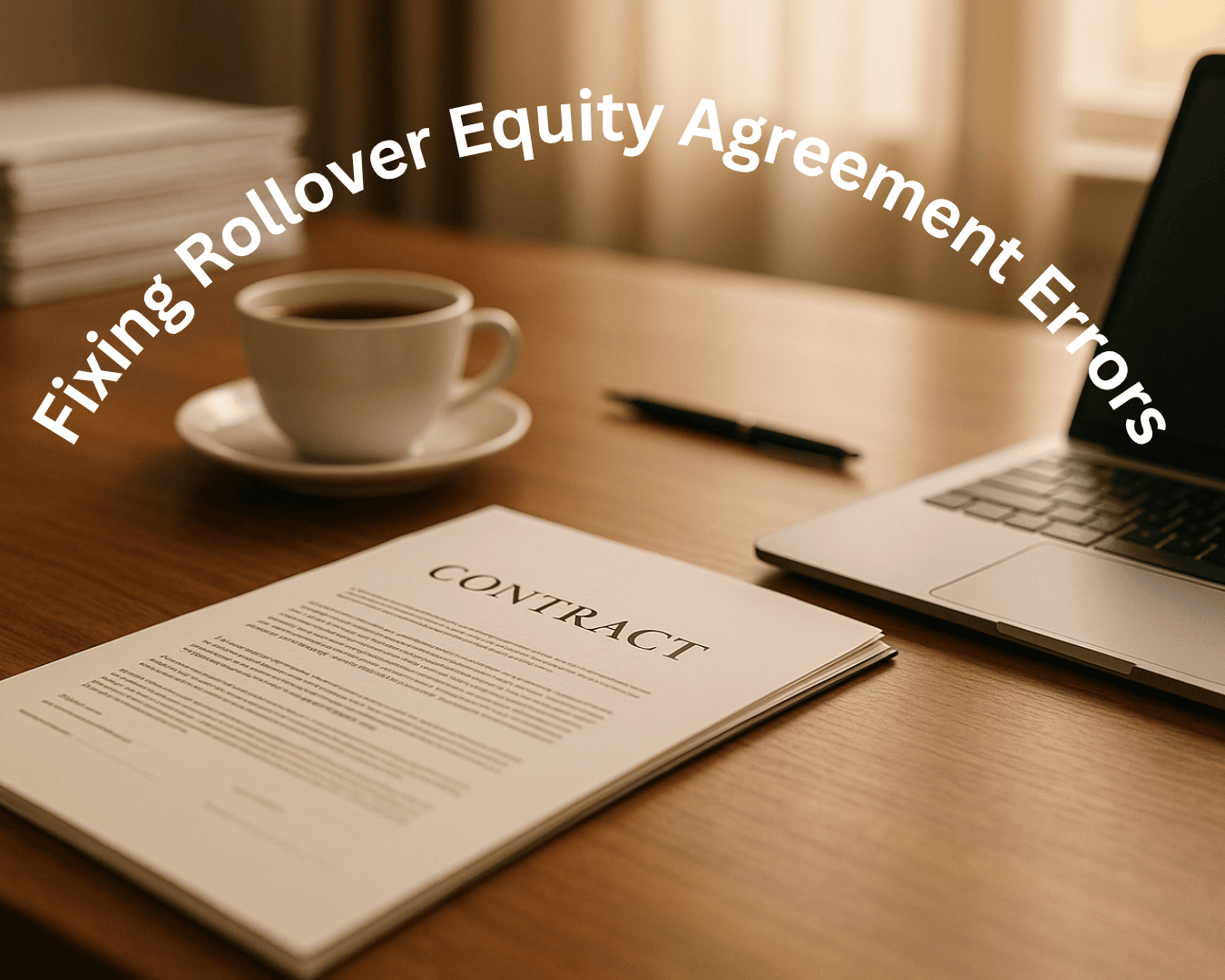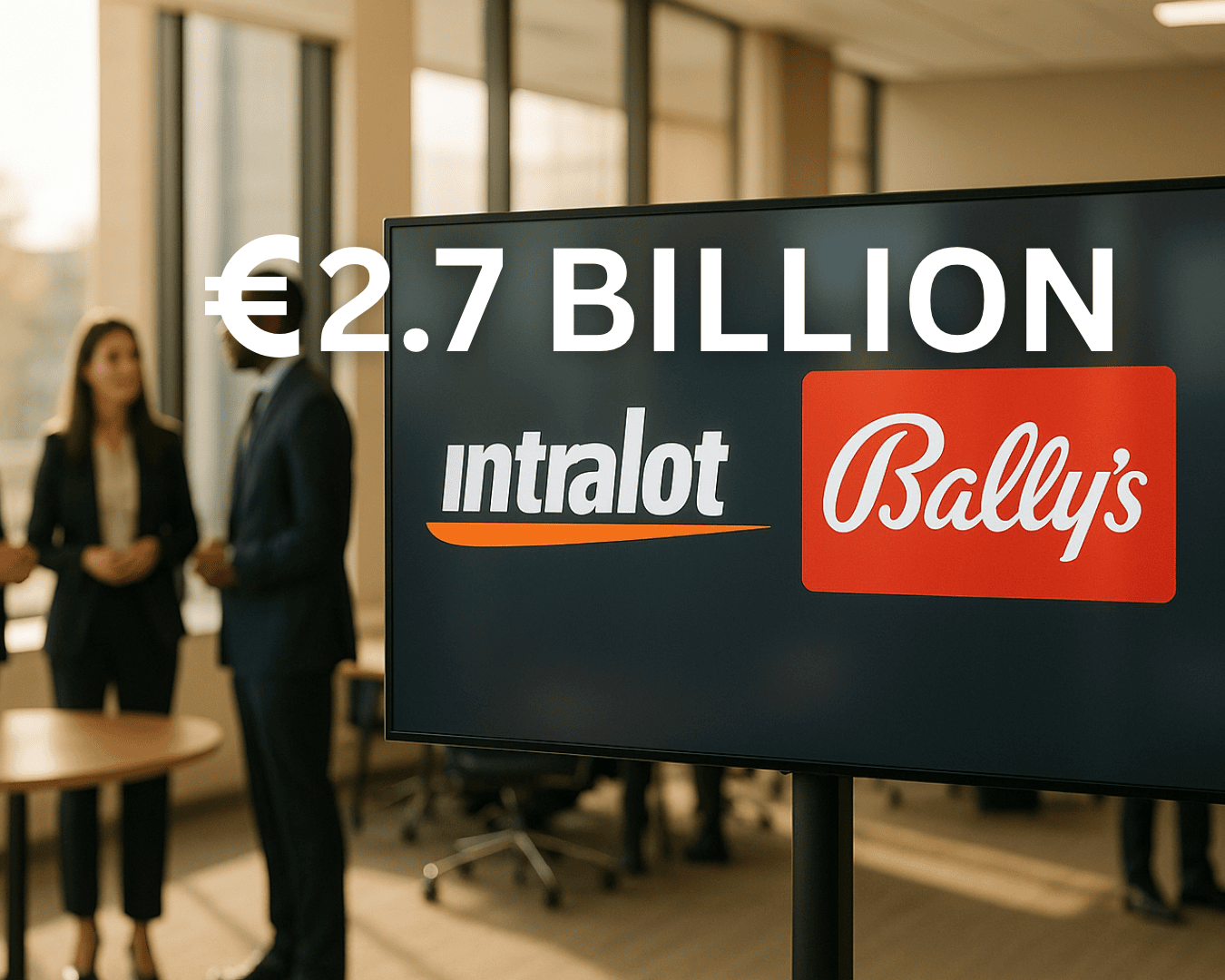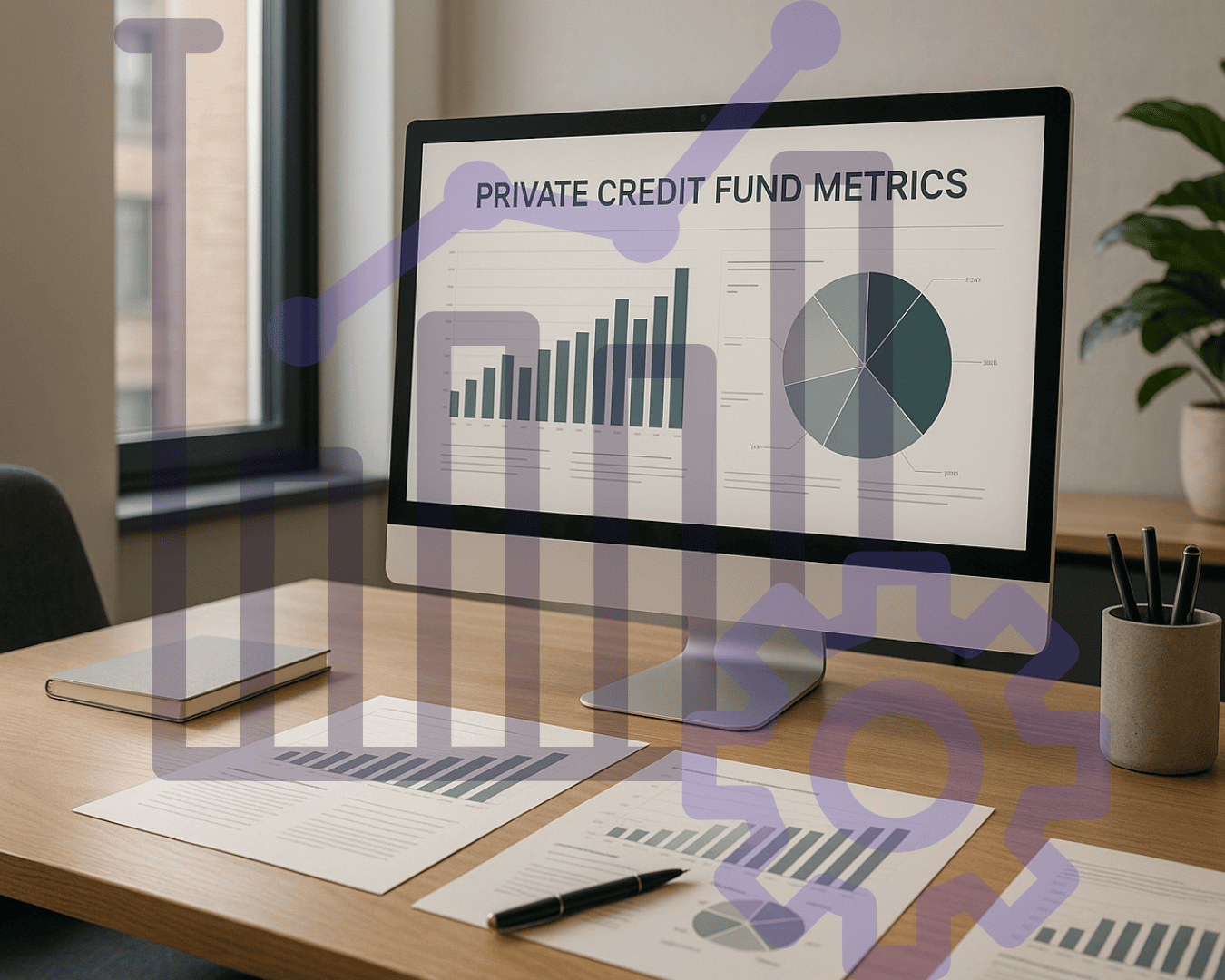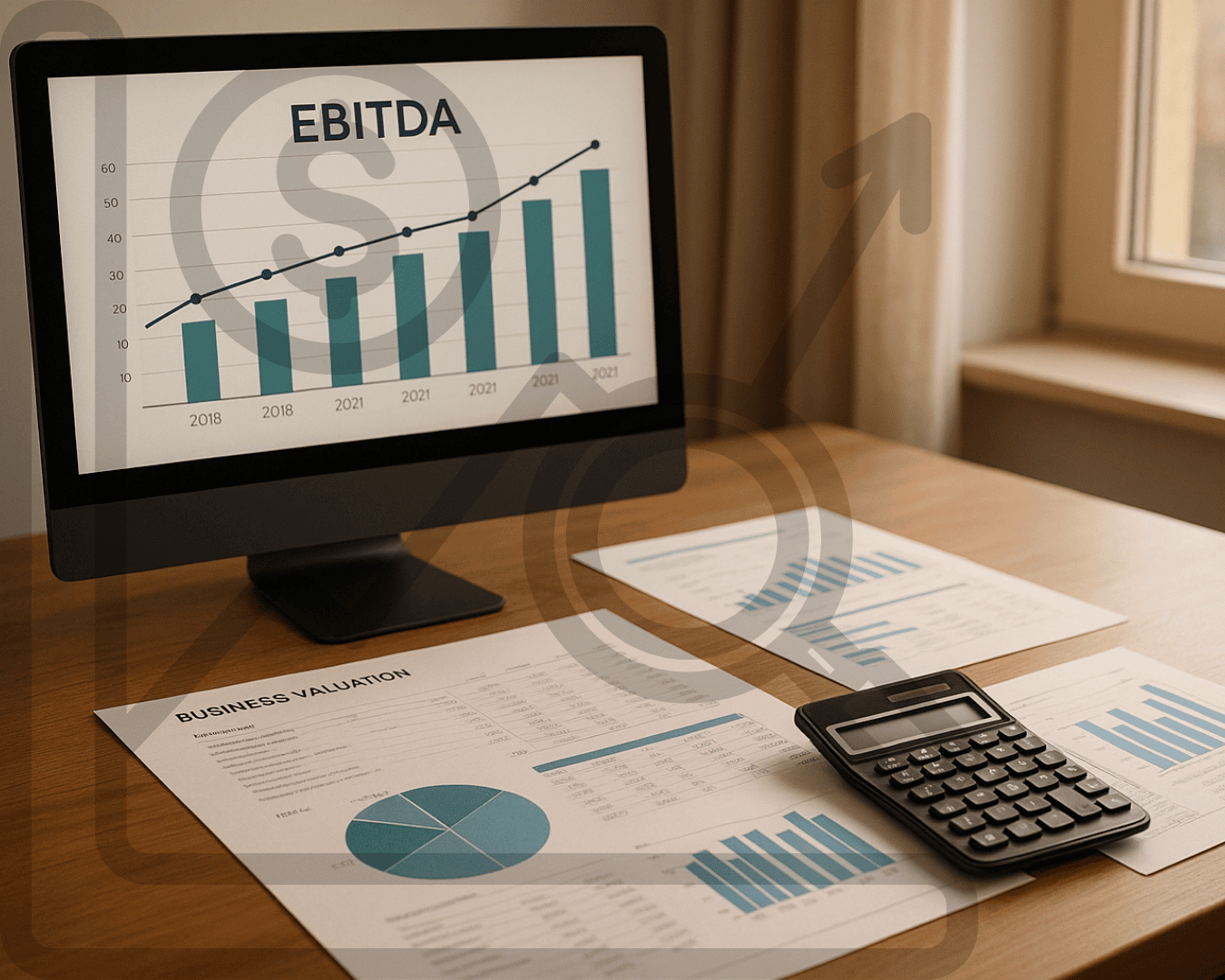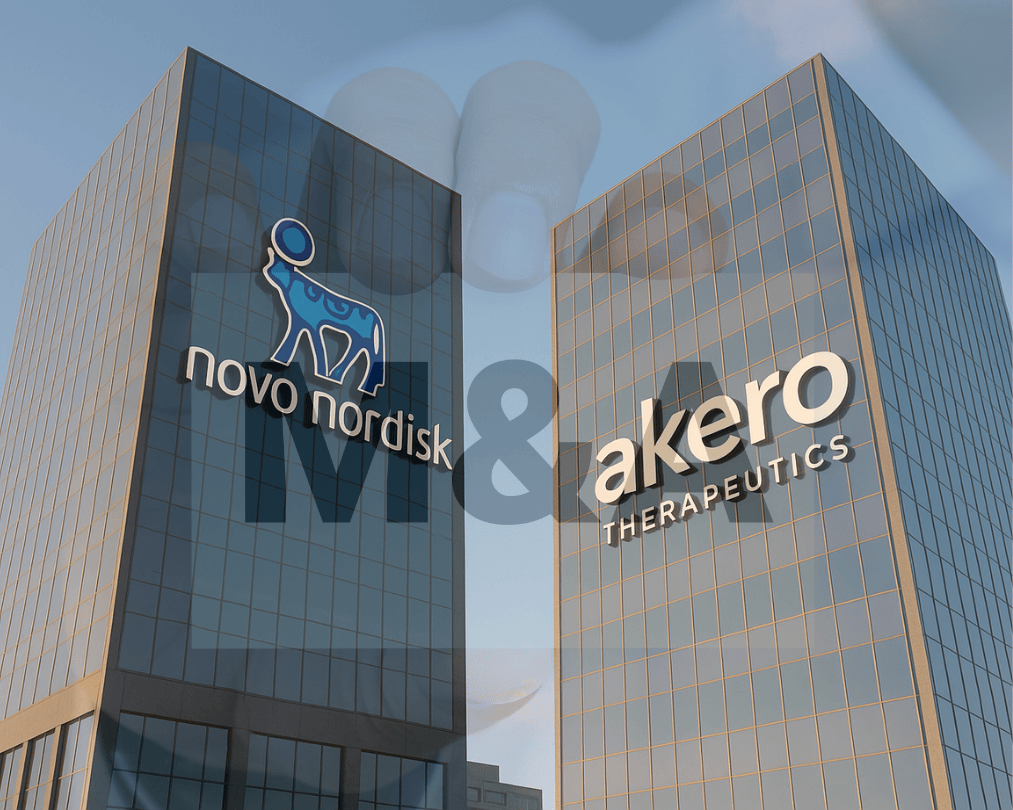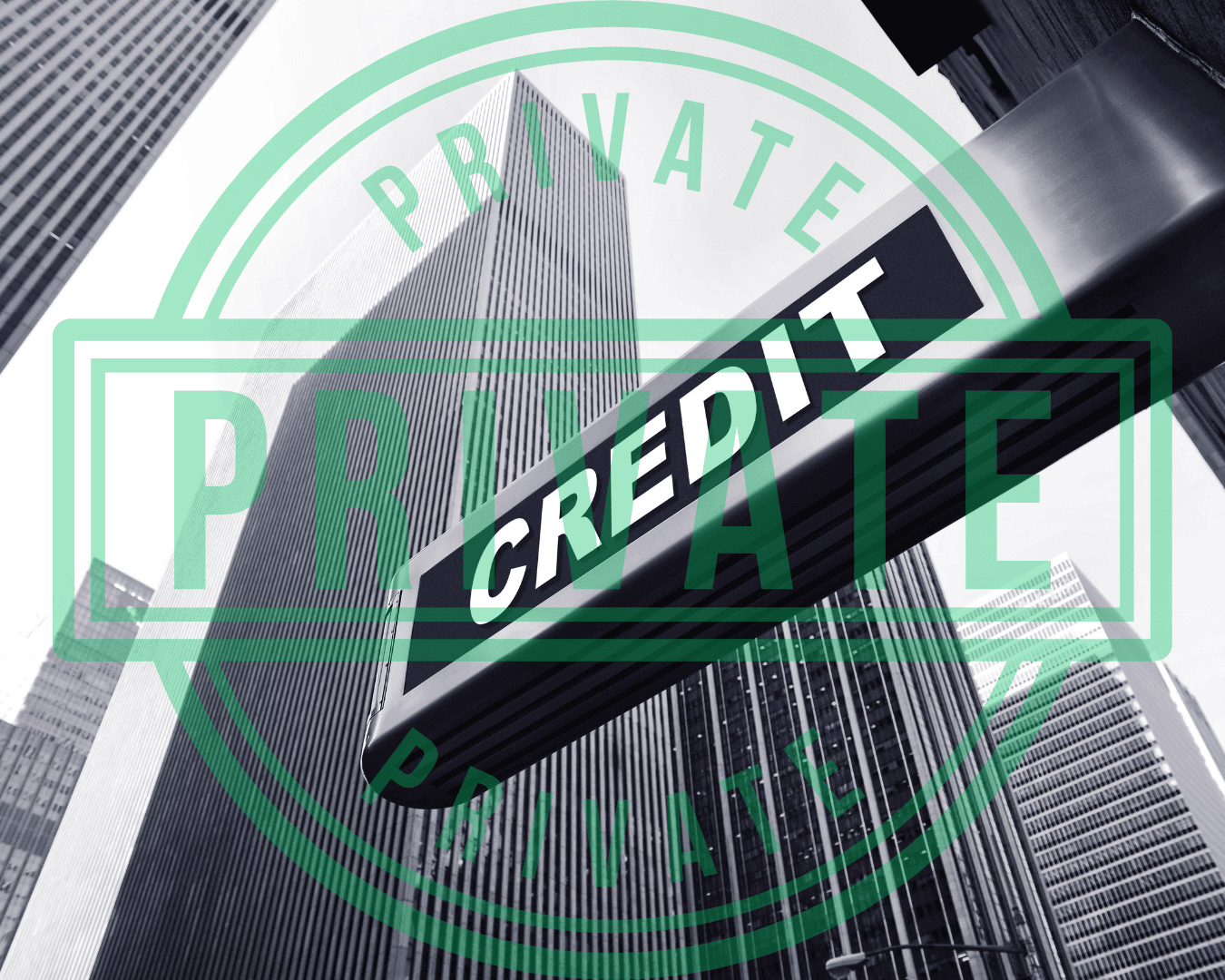When you're dealing with M&A transactions, NDAs are your first line of defense for protecting sensitive information. But a generic NDA template won't cut it. Here's why and how to customize an NDA for your deal:
- Why NDAs Matter: M&A deals involve sharing confidential data like financials, trade secrets, and customer lists. A tailored NDA prevents leaks and ensures protection even if the deal falls through.
- Problems with Generic NDAs: Standard templates often miss critical details like patents, non-solicitation clauses, or specific protections for different deal stages. They can leave you exposed or hinder negotiations.
- Key Customization Areas: Focus on three clauses:
- Confidential Information: Define what’s protected clearly and include all categories (e.g., financials, trade secrets).
- Permitted Disclosures: Specify who can access the data and under what conditions.
- Term & Duration: Set timelines for confidentiality, with trade secrets often requiring indefinite protection.
Using legal counsel or tools like automated platforms can help balance speed and thoroughness. The right NDA sets the tone for a secure and efficient transaction.
4 Important Clauses of a Non Disclosure Agreement | MNK Law (114)
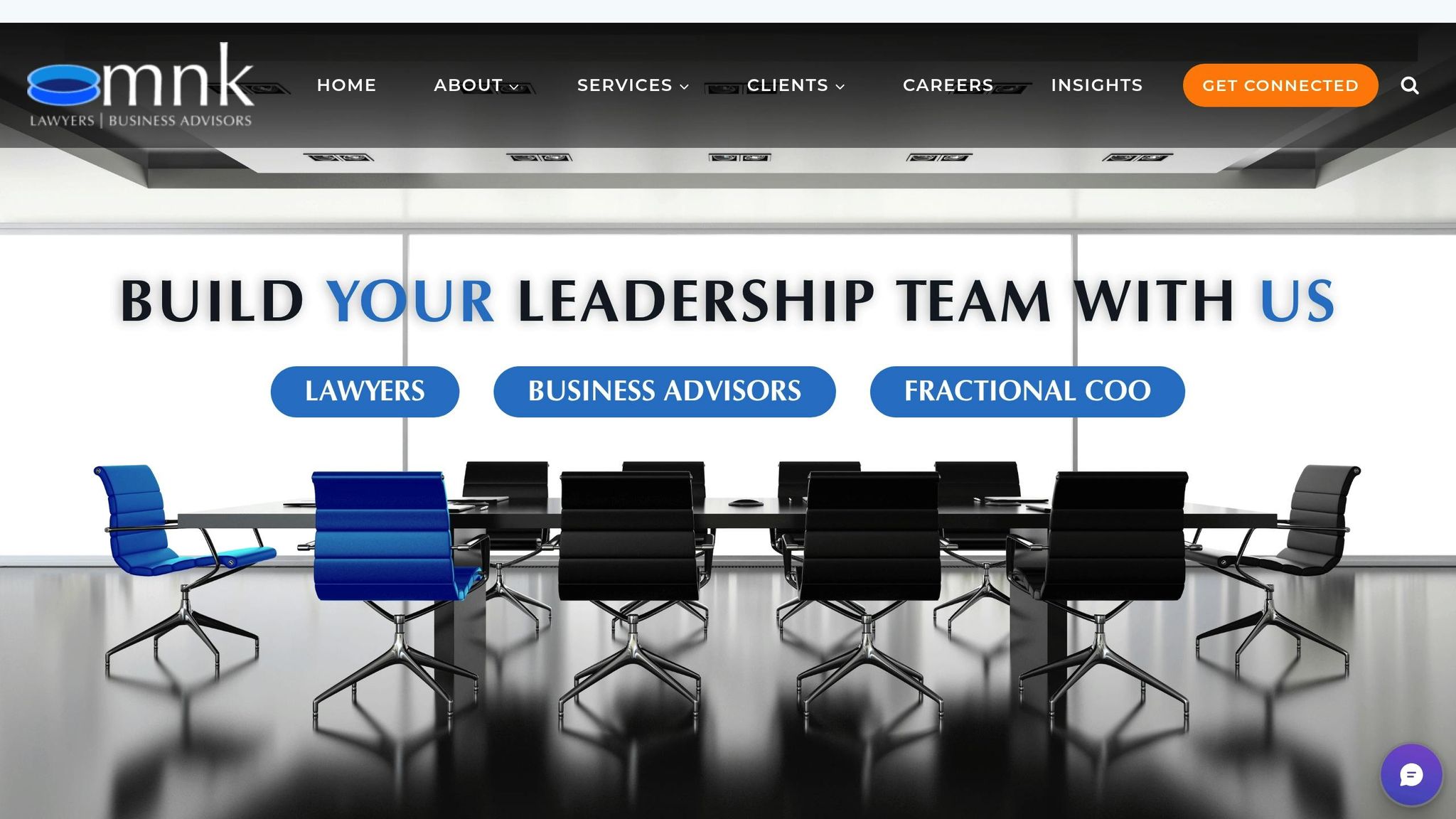
Key Clauses to Customize in M&A NDAs
When navigating M&A transactions, safeguarding sensitive information is critical. Customizing three key clauses in your NDA can help protect your interests while facilitating productive discussions.
Definition of Confidential Information
Start by clearly defining what qualifies as confidential information. M&A transactions often involve various data types that generic NDAs might overlook. Sellers typically prefer a broad definition to cover all bases, while buyers aim for narrower terms. Striking the right balance is essential - be specific enough to protect your assets without inadvertently disclosing sensitive details.
Your definition should include categories like financial data, employee records, customer lists, trade secrets, and proprietary technology. It’s also wise to specify how information is disclosed and clarify that labeling documents as "confidential" isn’t required for protection. This prevents disputes over unmarked materials.
Take Buying.com LLC’s NDA from August 31, 2018, as an example. Their definition of confidential information reads:
"any information, technical data or know-how (whether disclosed before or after the date of this Agreement), including, but not limited to, information relating to business and product or service plans, financial projections, customer lists, business forecasts, sales and merchandising, human resources, patents, patent applications, computer object or source code, research, inventions, processes, designs, drawings, engineering, marketing or finance to be confidential or proprietary or which information would, under the circumstances, appear to a reasonable person to be confidential or proprietary."
This definition works because it’s both thorough and clear. It covers tangible and intangible assets while using a "reasonable person" standard to address obvious cases of confidentiality.
In deals with extensive financial data sharing, a dedicated financial NDA might be necessary. This is especially important considering that 70% of companies experiencing data breaches report significant operational disruptions.
Finally, exclude publicly available, independently developed, and pre-existing information from the definition. With this foundation in place, the next step is to control who can access the information.
Permitted Disclosures and Representatives
Once you’ve defined confidential information, outline who can access it and under what conditions. Buyers often need to share data with a range of advisors, such as employees, attorneys, accountants, and financing sources. However, sellers need to ensure this access doesn’t compromise confidentiality.
Sellers can limit access to representatives who have a "need to know" and require them to sign additional confidentiality agreements. While this adds a layer of security, overly restrictive terms can hinder due diligence.
Buyers, on the other hand, should ensure the clause allows sharing with all essential advisors, including financing sources. You might agree to notify the seller or seek consent before sharing information with certain parties, but avoid requiring separate NDAs for every advisor.
Sellers may also impose restrictions on buyer contact with employees to prevent internal leaks. If you’re a buyer, negotiate access to key personnel to ensure proper due diligence. The goal is to enable thorough analysis without compromising security, particularly in competitive situations where multiple buyers are involved.
Term and Duration of Obligations
Finally, set appropriate time limits for confidentiality obligations. These should vary based on the type of information. For example, trade secrets often require indefinite protection, while other data may only need confidentiality for a few years.
You can structure durations in two ways: tie them to specific obligations or apply them to the entire agreement. A hybrid approach is often most effective, using different timeframes for different types of information.
For example, disclosure restrictions might expire two years after signing, while obligations related to trade secrets or unresolved data continue indefinitely. This ensures that critical information remains protected even after the deal concludes.
Pay special attention to "return or destroy" provisions. If the receiving party negotiates exceptions, ensure confidentiality obligations for retained information extend beyond the baseline survival period. This helps maintain accountability for any data still in their possession.
Before finalizing these terms, check your jurisdiction’s legal requirements for NDAs. Some laws may impose specific conditions on enforceability that could impact your chosen timeframes. Strive for a balance - overly long restrictions could be unenforceable, while short ones might leave your sensitive information exposed.
Legal Requirements and Best Practices
Having an NDA that is both legally sound and tailored to your specific business needs is crucial. A poorly written agreement can leave you exposed to risks or result in unenforceable terms that fail to protect your interests.
Meeting U.S. Legal Requirements
NDAs, when properly drafted, are enforceable across the U.S., though the specific legal requirements can vary by state. To be valid, an NDA must include clear consideration - essentially, an exchange between the parties. This often involves granting access to confidential information in return for a promise of secrecy.
To comply with legal standards, make sure to clearly define what constitutes confidential information, specify how it can be used, and include clauses for the return or destruction of sensitive materials once the agreement ends. Additionally, selecting a jurisdiction and governing law with strong enforcement precedents - such as Delaware or New York - can strengthen your NDA. Be cautious, though: an NDA can become unenforceable if it is overly broad, lacks a specific time frame, includes information that isn’t genuinely confidential, or contains illegal provisions.
Avoid these common missteps to ensure your NDA remains enforceable.
Common Legal Mistakes to Avoid
Several common errors can weaken an NDA's effectiveness. For example, vague definitions of confidential information can lead to disputes over what is protected, increasing the risk of accidental disclosures. Instead of using catch-all terms like "proprietary information", be precise. Clearly outline the types of data covered, such as financial records, trade secrets, employee details, or customer information.
Even small administrative errors can have serious consequences. Misspelling a company's legal name or omitting essential identifiers like "Inc." can make the agreement unenforceable. It’s also crucial that the NDA is signed by someone with the proper authority, such as a CEO or board chair. A signature from an unauthorized individual offers no legal protection. Other frequent issues include unclear terms of consideration and attempts to protect information that doesn’t qualify as confidential. Every clause should serve a clear and legitimate purpose.
Given these risks, consulting with a legal professional is often the safest approach.
When to Hire Legal Counsel
Although standard NDAs may seem simple, the complexities of mergers and acquisitions (M&A) often require professional legal assistance. Bringing in an attorney early - ideally during the initial stages of a potential deal - can provide critical guidance on structuring the agreement, negotiating terms, and addressing potential issues. For M&A transactions, handling these legal details upfront safeguards both parties during due diligence.
In high-stakes situations, such as sharing sensitive information or negotiating with competitors, it’s wise to have an attorney draft a custom NDA rather than relying on a generic template. When the buyer is a corporate or financial entity, more advanced documentation is often needed. An experienced M&A attorney can help ensure your NDA is robust and tailored to your specific needs. If you’re unsure how to find the right legal counsel, seek recommendations from trusted advisors like your broker or CPA.
An NDA often sets the tone for the entire transaction. Investing in a thorough legal review at the outset can save significant time and money later. For complex M&A deals, platforms like Clearly Acquired offer automated tools to manage NDAs efficiently while ensuring compliance, helping you handle multiple agreements seamlessly throughout the process.
sbb-itb-a3ef7c1
Step-by-Step Guide to Customizing an NDA Template
Follow these steps to effectively customize your NDA while keeping legal and strategic best practices in mind. This guide builds on the foundational principles outlined earlier.
Choosing the Right NDA Template
The first step in creating an effective NDA is selecting the right type. The choice between a unilateral or mutual NDA depends on how sensitive information will flow during your transaction.
A unilateral NDA is ideal when confidential information flows primarily in one direction, such as from the target company to the acquiring company. This is often the case in M&A deals, where sellers disclose sensitive data during due diligence.
On the other hand, a mutual NDA is necessary when both parties share confidential information and must uphold confidentiality obligations. This type is common in joint ventures or transactions where the seller retains an ongoing interest in the business.
If you're a seller, your M&A advisor likely has seller-friendly NDA templates ready to use. However, buyers should always have their legal team review any proposed NDA to ensure it aligns with their interests.
It's important to note that standard business NDAs often lack the detailed terms required for M&A transactions. If your deal involves competitors or highly sensitive intellectual property, consult an M&A attorney to draft a custom NDA tailored to your specific situation.
Customizing Key Clauses
Once you've chosen the appropriate template, the next step is to customize it to address the unique needs of your transaction. Generic templates often fall short, so tailoring specific clauses is essential.
For deals with unique risks, consider drafting a buyer-specific NDA. In some cases, it may even make sense to create separate NDAs for different categories of confidential information. For example, you could use one NDA for basic financial data and another for proprietary technology or trade secrets. This approach allows you to apply varying levels of protection based on the sensitivity of the information.
Pay close attention to representative disclosure clauses. Require the buyer to obtain consent before sharing confidential information with third parties, including their representatives like attorneys, accountants, or consultants. Additionally, insist that these representatives sign their own NDAs before accessing sensitive data.
As negotiations progress, you might also consider a phased approach by having the buyer sign separate NDAs at different stages of the transaction. This strategy lets you gradually increase protection as more sensitive information is disclosed during due diligence.
After customizing these clauses, you can use technology to manage and streamline the NDA process efficiently.
Using Technology for NDA Management
M&A transactions often involve multiple parties, tight deadlines, and extensive documentation. Leveraging technology can simplify NDA management while ensuring security and compliance.
NDA automation tools are especially useful for handling large volumes of agreements. For instance, one tech company used automation to process over 10,000 NDAs annually, cutting turnaround time by 70% through standardized templates and automated workflows. Similarly, a pharmaceutical firm integrated NDA templates into a contract lifecycle management system, improving compliance monitoring and collaboration with external partners.
When choosing automation tools, look for platforms that offer features like template customization, seamless integration with existing systems, and strong security measures. These tools should also provide an easy-to-use interface, scalability, and compliance tracking.
Digital signatures are another key feature, offering both authenticity and legal enforceability. Automated alerts and reminders can help keep all parties updated on NDA statuses. Analytics tools can further enhance efficiency by identifying bottlenecks and areas for improvement.
For M&A-specific needs, platforms like Clearly Acquired offer automated NDA deployment tailored to business acquisitions. These tools can manage multiple agreements simultaneously while ensuring compliance throughout the transaction.
Another valuable resource is the use of Virtual Data Rooms (VDRs), which provide secure environments for sharing and managing sensitive documents. Unlike basic file-sharing platforms, VDRs offer advanced security features, custom user permissions, and robust encryption. As David Rosborough, Vice President at Progress Partner, highlights:
"Intralinks makes it easier to maintain security and control, so we don't have to worry about security breaches or people sharing documents inappropriately." - David Rosborough
The numbers back this up: 74% of CEOs view technology integration in M&A as a key driver of growth and competitive advantage. Additionally, over half of organizations report losing business due to inefficient contract management, including NDAs. By adopting the right tools, you can create a smoother, more professional process that sets the tone for a successful transaction.
Comparing Customization Methods
When it comes to customizing M&A NDAs, there are four main approaches to consider: standard templates, in-house adjustments, legal counsel, and automated platforms. Each method impacts the timeline, cost, and level of legal protection differently. This section builds on our earlier guide by comparing these methods, helping you align your choice with the complexity of your deal while balancing efficiency and risk.
Pros and Cons of Different Customization Methods
Choosing the right approach often comes down to balancing cost, speed, and legal protection. Here's a breakdown of the trade-offs for each method:
| Method | Pros | Cons | Best For |
|---|---|---|---|
| Standard Templates | Quick to use, low cost, consistent structure | Limited flexibility, may not address M&A-specific risks, offers basic protection | Simple deals, low-risk transactions, or infrequent NDA needs |
| In-House Customization | Moderate cost, quicker than external counsel, internal control | Requires legal expertise, potential compliance risks, time-consuming for complex deals | Mid-sized companies with legal teams managing moderate-risk transactions |
| Legal Counsel | Tailored protection, expert legal advice, ensures compliance | High cost ($114–$456 per NDA), slower turnaround, suited for complex scenarios | High-stakes M&A deals, regulatory-heavy industries, complex agreements |
| Automated Platforms | Fast processing (cuts time by 70%), scalable, consistent results | Limited flexibility for unique cases, requires oversight | High-volume NDA management, standardized deal structures |
Cost and time efficiency are key considerations. For instance, while legal counsel provides comprehensive protection, it comes at a higher cost - averaging $114–$456 per NDA - and can slow down the process. On the other hand, automated platforms offer significant time savings, reducing processing time by up to 70% and delivering up to 400% ROI for companies handling large volumes of NDAs annually. For businesses managing hundreds or even thousands of NDAs each year, automation can dramatically cut costs and improve efficiency.
Survey data highlights the strain of traditional processes: 65% of legal professionals spend six or more hours on NDAs weekly, with 17% dedicating over ten hours. Additionally, 58% report that their firm's NDA process negatively affects deal closures. This underscores the need for streamlined solutions, especially for high-volume workflows.
Ben Bogin, Director of Solutions and Professional Services at Mitratech, explains the value of automation:
"Automating NDAs means that firms can spend time on the legal work that really matters, and NDAs get out the door faster."
Risk management should also guide your choice. While legal counsel ensures robust protection for complex deals, automated platforms excel in handling high volumes efficiently. The trick is to match the method to your risk profile - not just your budget. For instance, companies processing fewer than 50 NDAs annually might find templates or in-house customization more cost-effective, while those dealing with 500 to 100,000 NDAs per year could benefit significantly from automation. This approach not only reduces the workload on legal teams but also minimizes staff burnout.
When evaluating automated platforms, prioritize systems with strong security and compliance features. Look for tools offering clear permission controls, thorough tracking, and human oversight of AI-generated outputs. As experts caution, human review remains essential to ensure accuracy and avoid bias in AI-generated content.
A hybrid strategy often works best: automated platforms can handle routine NDAs quickly and cost-effectively, while legal counsel can focus on high-stakes or complex agreements. This combination balances efficiency with protection, allowing organizations to allocate resources more effectively.
As Ben Bogin puts it:
"NDAs are low-hanging fruit for any organization. It's a great first use case to see immediate ROI."
For M&A-specific needs, platforms like Clearly Acquired offer a middle ground. They combine the efficiency of automated deployment with features that go beyond basic templates, providing robust compliance and multi-agreement management for more complex requirements.
Conclusion and Key Takeaways
To wrap things up, customizing NDAs effectively is a critical step in ensuring a secure and smooth M&A transaction. A one-size-fits-all approach simply doesn’t work when the stakes involve sensitive financial data, customer lists, or strategic plans. Tailored NDAs are your best bet for protecting this information and securing favorable outcomes.
Take, for instance, the case of Goodrich Capital, LLC v. Vector Capital Corporation. Here, a broadly worded "use" clause resulted in $3.5 million in advisory fees. This case highlights just how important it is to craft NDAs that are specific to the needs of the deal.
When drafting an NDA, focus on key clauses such as definitions, permitted disclosures, and duration. Jacob Orosz, President of Morgan & Westfield, puts it succinctly:
"It's tempting to assume that all NDAs are the same, but any mistakes in negotiating and signing one can close off critical options later in the process."
Beyond legal strategies, technology is proving to be a game-changer in the NDA process. Automated tools can simplify drafting, ensure compliance, and save time. For simpler deals, a well-thought-out template might do the job. But for more complex transactions, the expertise of legal counsel can be invaluable.
Your NDA does more than protect sensitive information - it sets the tone for the entire transaction. As Attorney Aaron Hall explains:
"Navigating NDAs in M&A deals requires clearly defining confidentiality scope, duration, and permitted disclosures to safeguard sensitive information and facilitate candid due diligence."
Whether you rely on legal experts, automated platforms like Clearly Acquired, or a refined in-house process, investing in proper NDA customization is a smart move. It not only protects your interests but also streamlines negotiations, paving the way for a successful M&A deal.
FAQs
What are the risks of using a generic NDA in mergers and acquisitions?
Using a one-size-fits-all NDA in M&A transactions can leave you vulnerable to several problems. It might not fully safeguard sensitive information, could include vague or overly broad clauses, or even fail to hold up legally due to differences in jurisdictional requirements. These gaps can result in disputes, legal trouble, or the unintentional exposure of critical details.
The solution? Customize your NDA for each deal. By tailoring the agreement, you can ensure it aligns with the specific risks, legal factors, and confidentiality demands of your particular transaction.
How can technology and automation simplify NDA management in M&A transactions?
Technology and automation play a big role in simplifying NDA management during mergers and acquisitions. By taking over repetitive tasks like creating documents, tracking their progress, and managing approvals, these tools help cut down on manual work, reduce mistakes, and speed up the entire process.
Another major advantage is the real-time visibility these tools offer. They make it easy to check the status of NDAs, spot delays, and address any hold-ups quickly. With automation handling the nuts and bolts, businesses can shift their focus to the more strategic parts of the deal, all while ensuring that confidentiality agreements are managed smoothly and securely.
When should I consult a lawyer to customize an NDA for an M&A deal?
When working on a Non-Disclosure Agreement (NDA) for a mergers and acquisitions (M&A) deal, it's smart to involve a lawyer if the agreement includes unique terms, sensitive details, or intricate legal issues. A legal professional can make sure the NDA is enforceable and crafted to protect your interests effectively.
Getting legal advice early - ideally before relying on a template or starting negotiations - can help you address potential risks and ensure the agreement fits the specifics of your transaction. This approach not only saves time but also minimizes misunderstandings and keeps confidential information secure throughout the process.



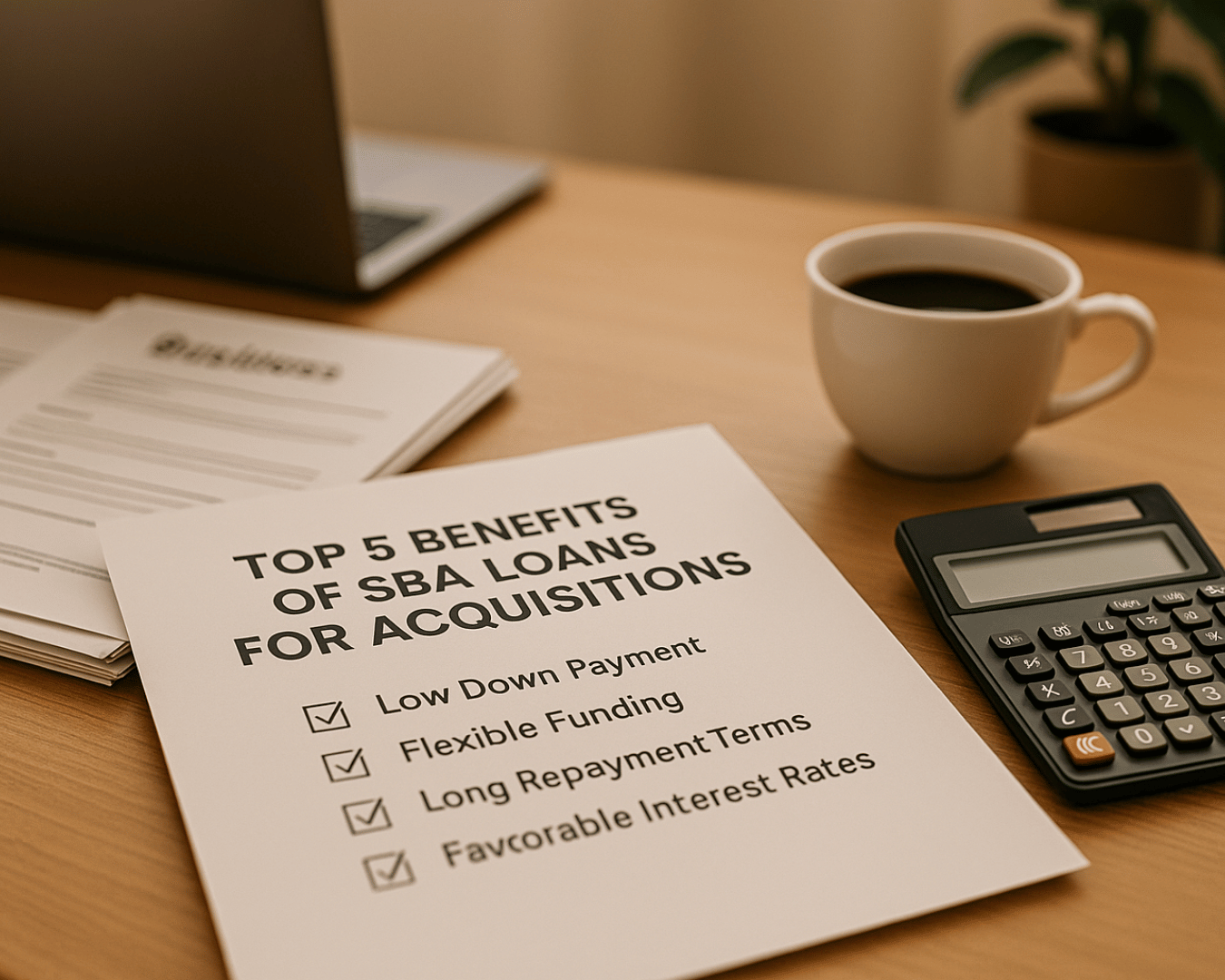

.png)
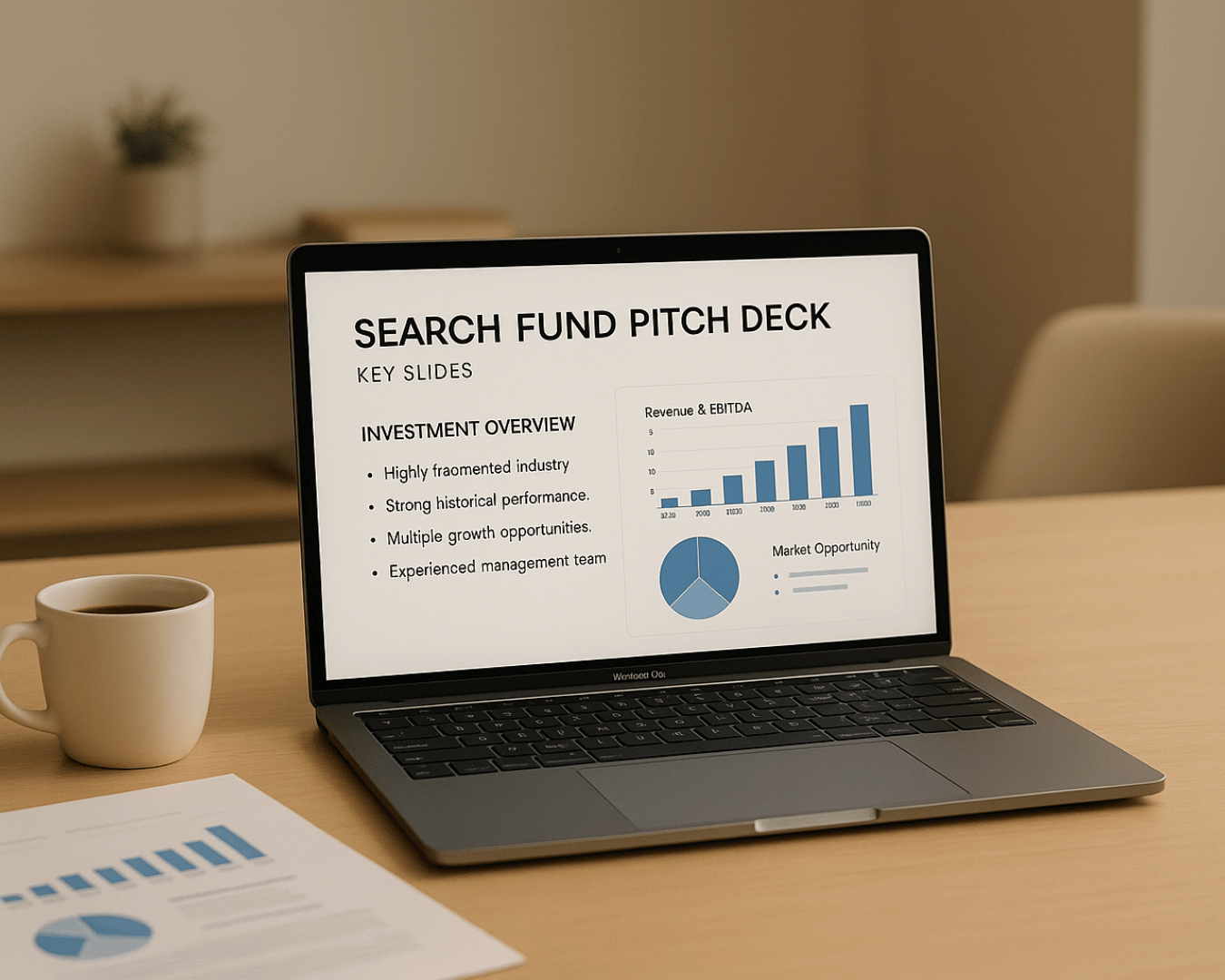
























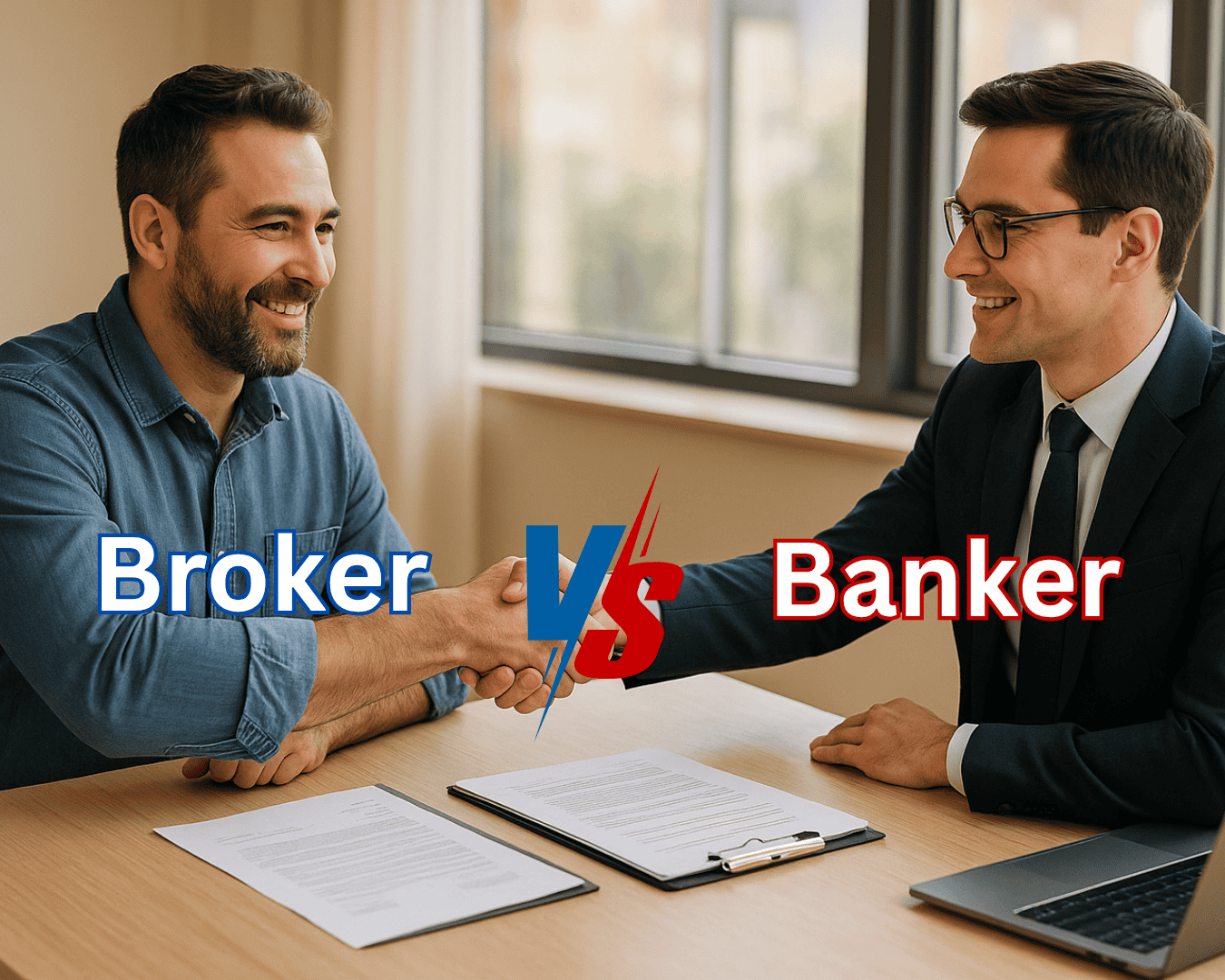



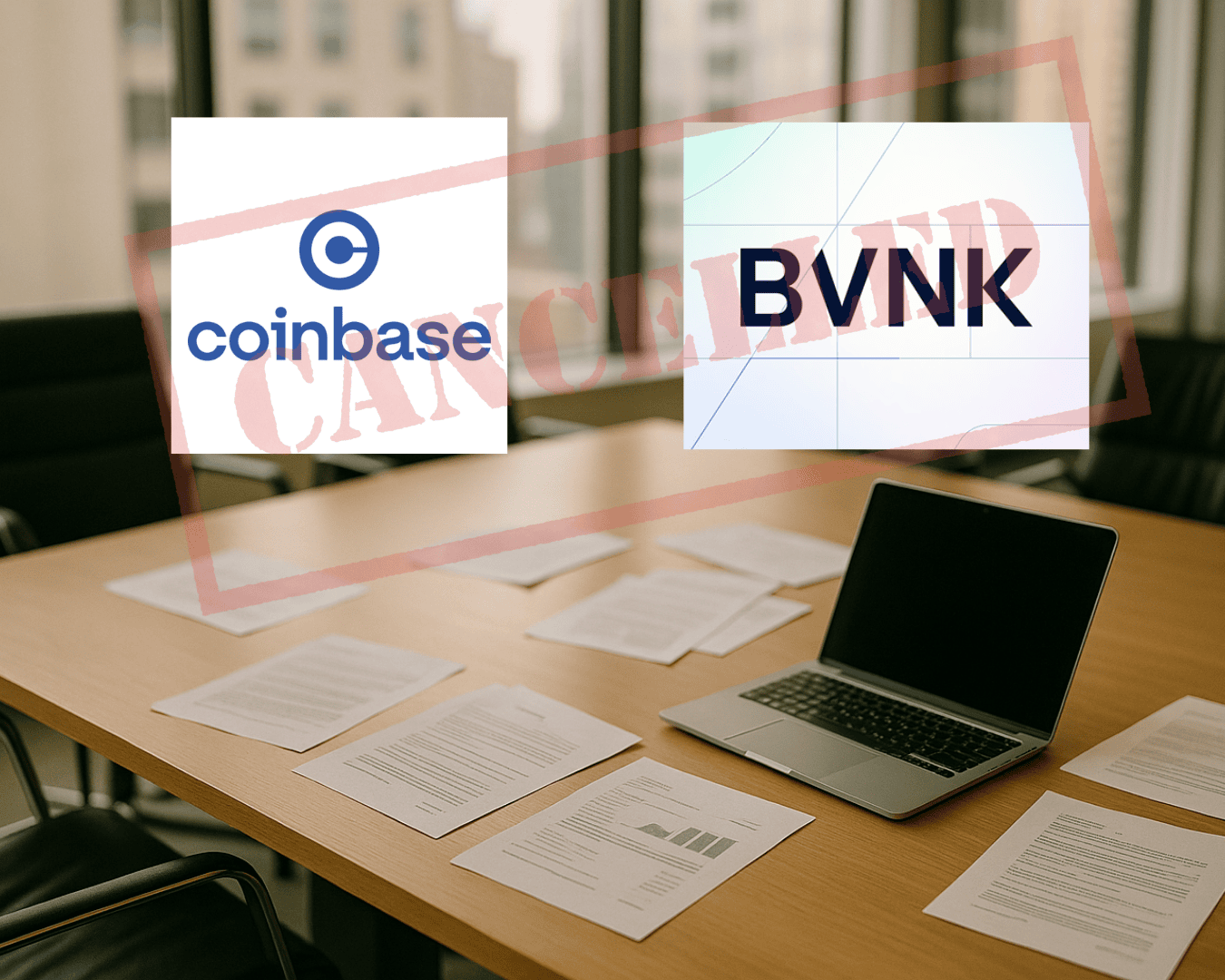









.png)

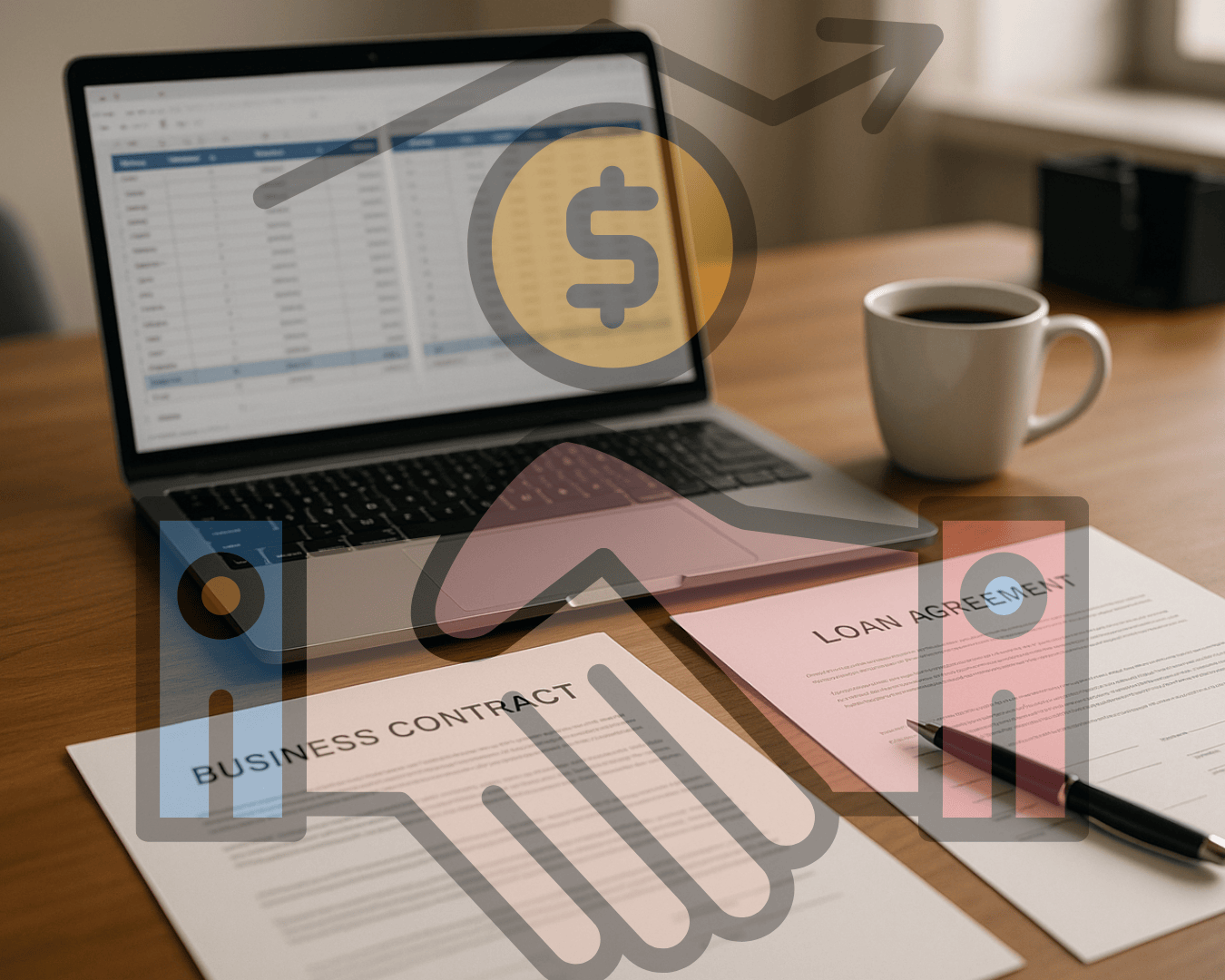




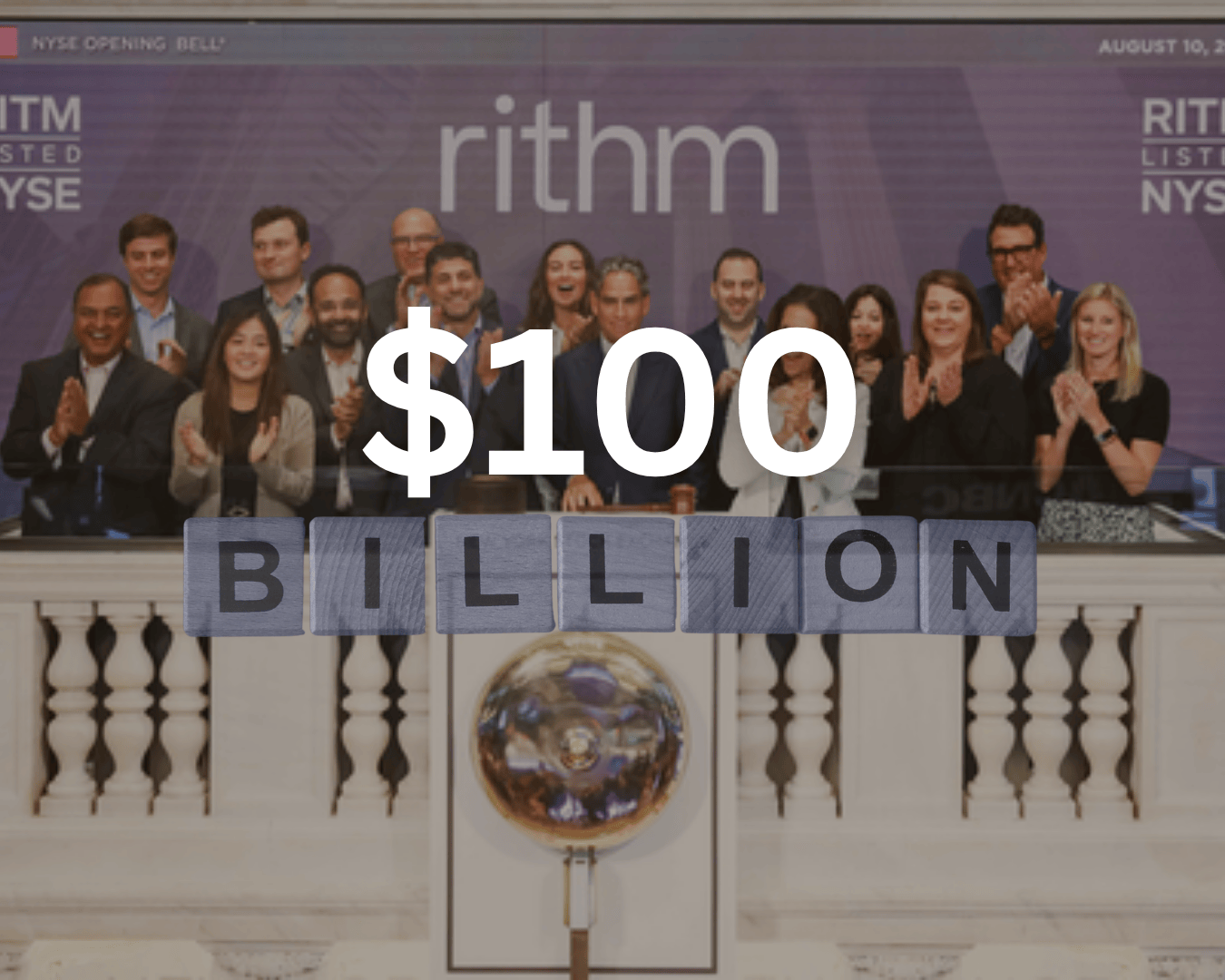

















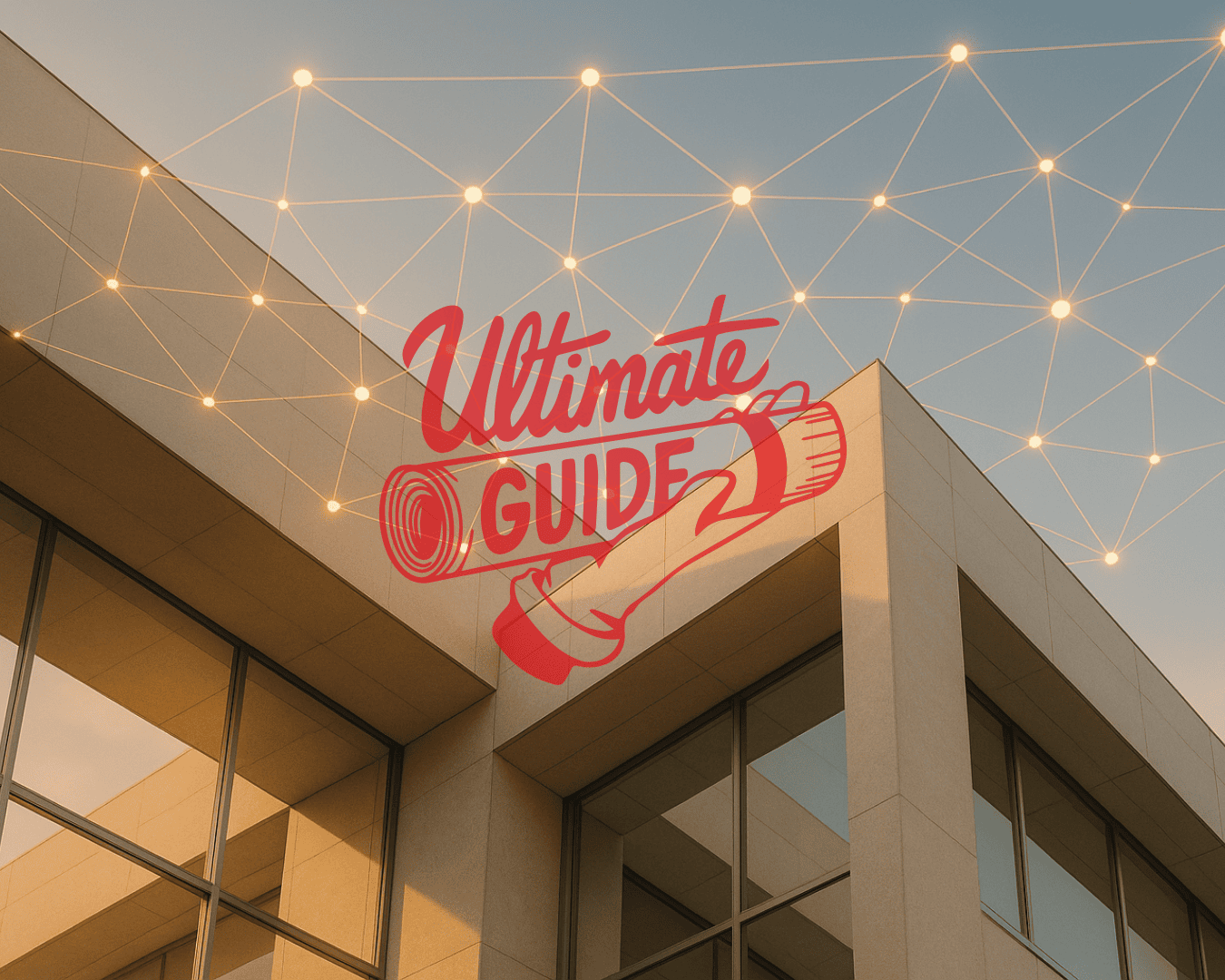



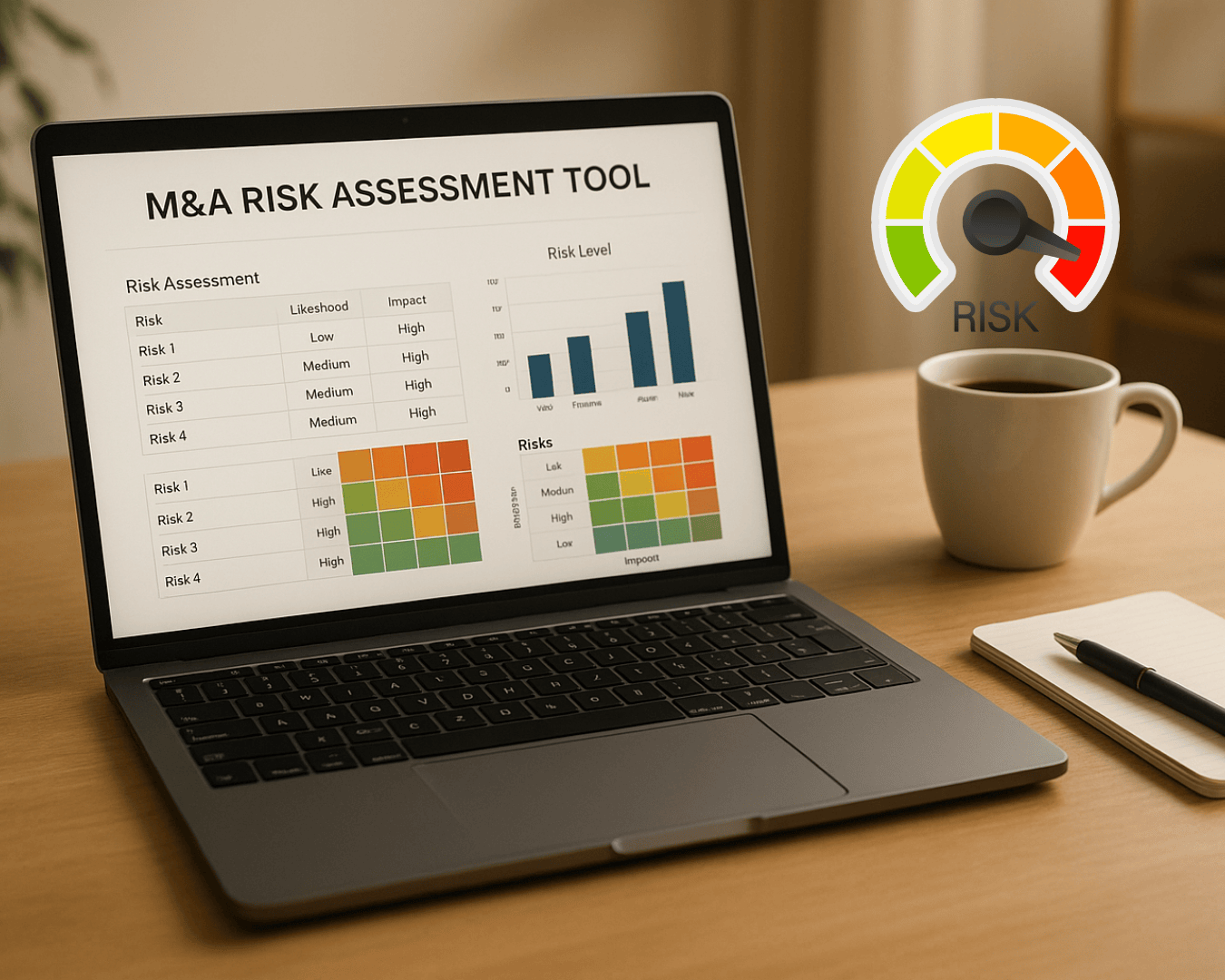

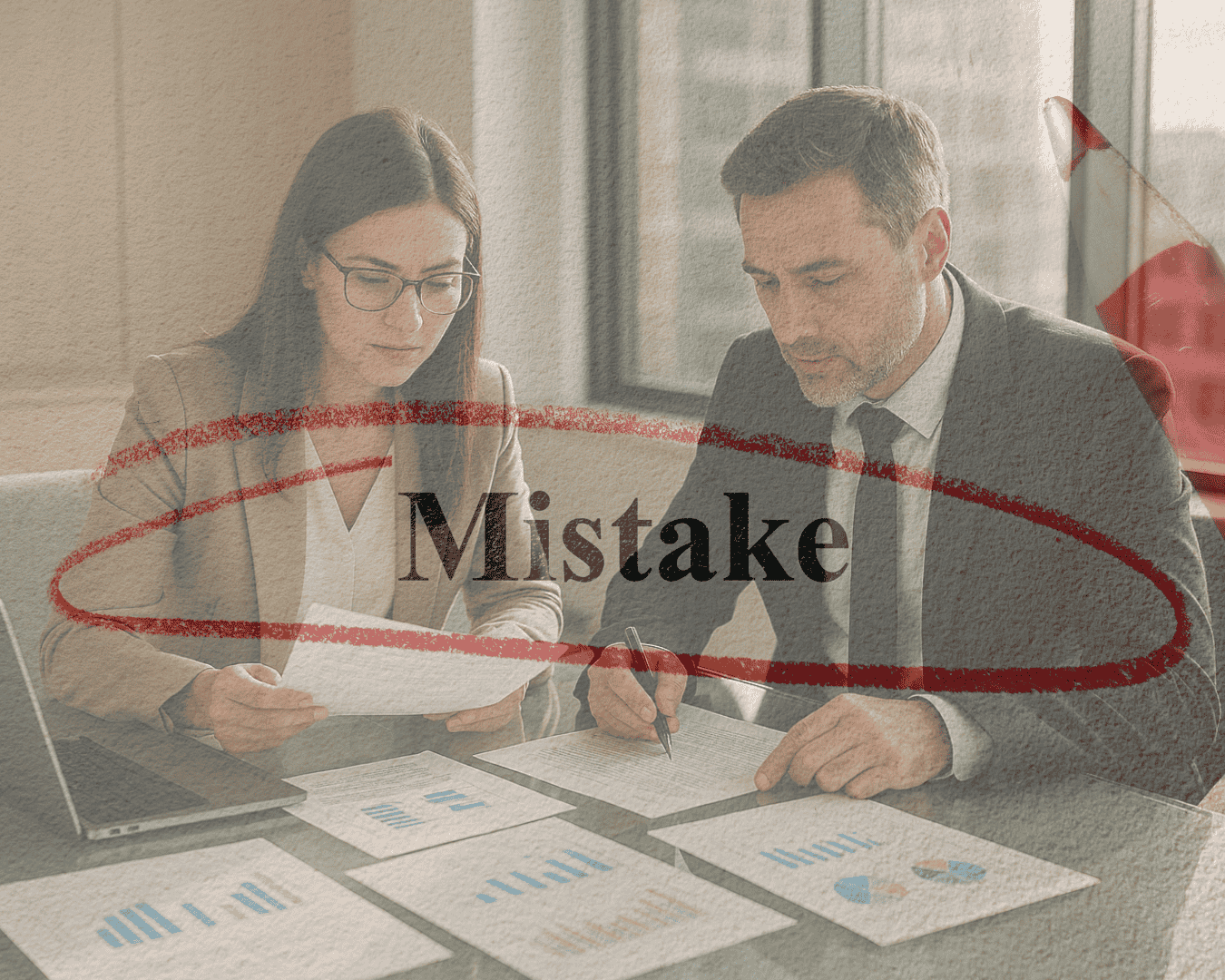
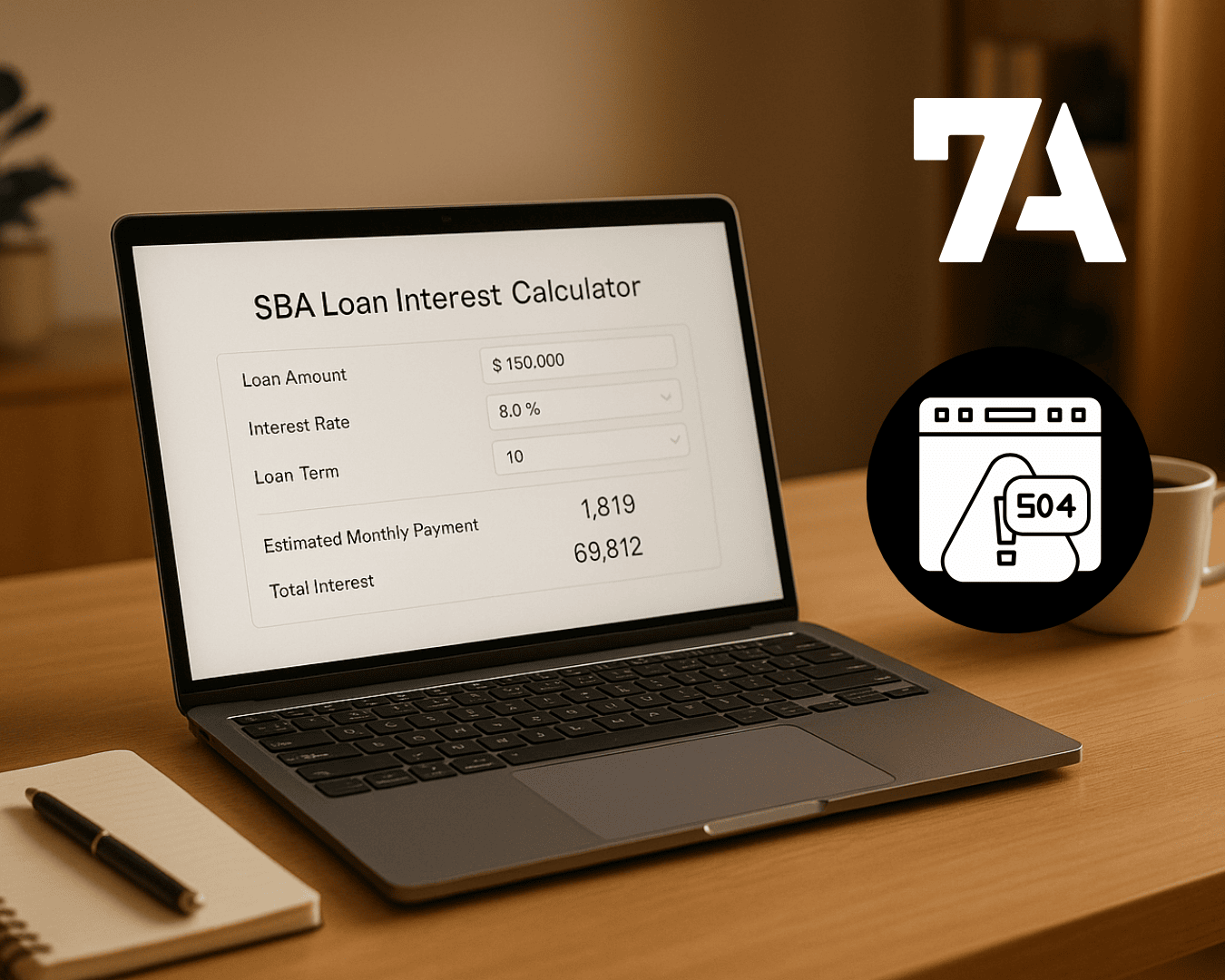








%20Loan%20Application%20Checklist.png)
